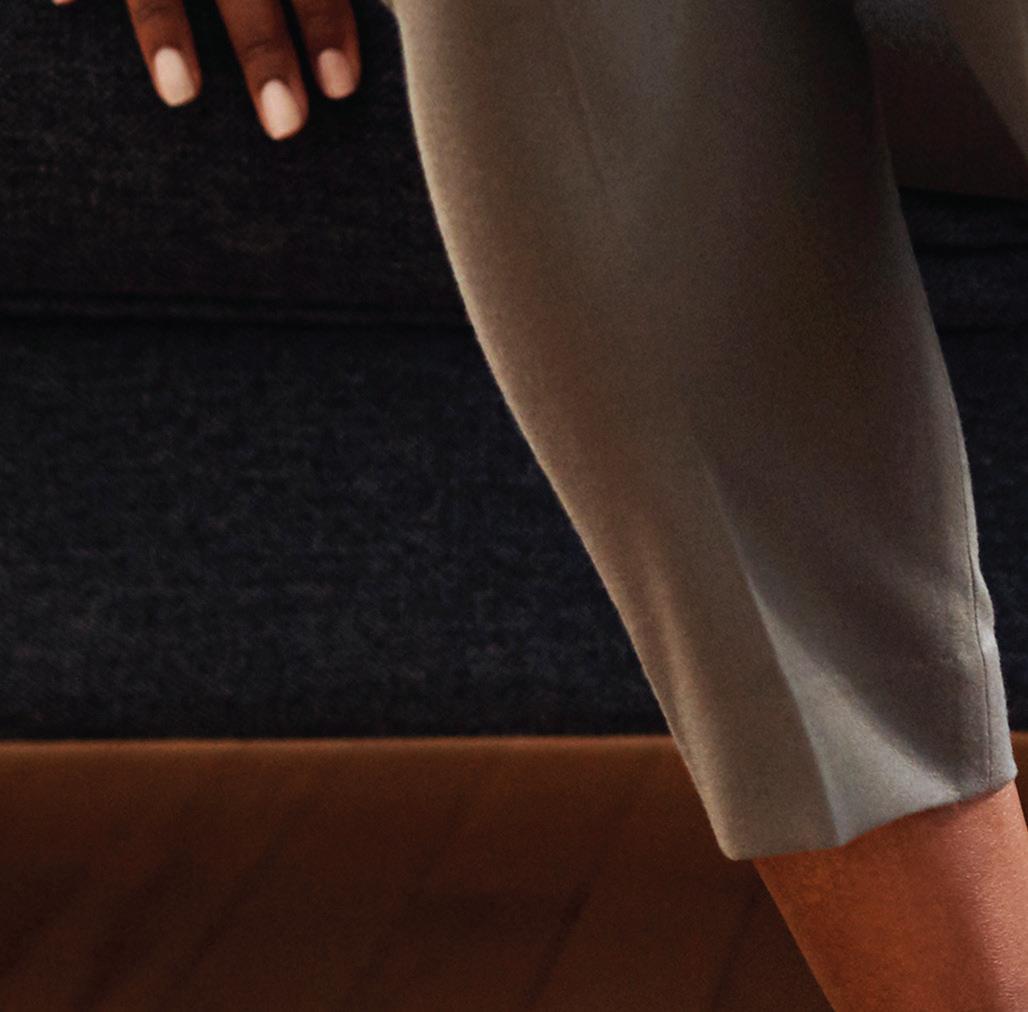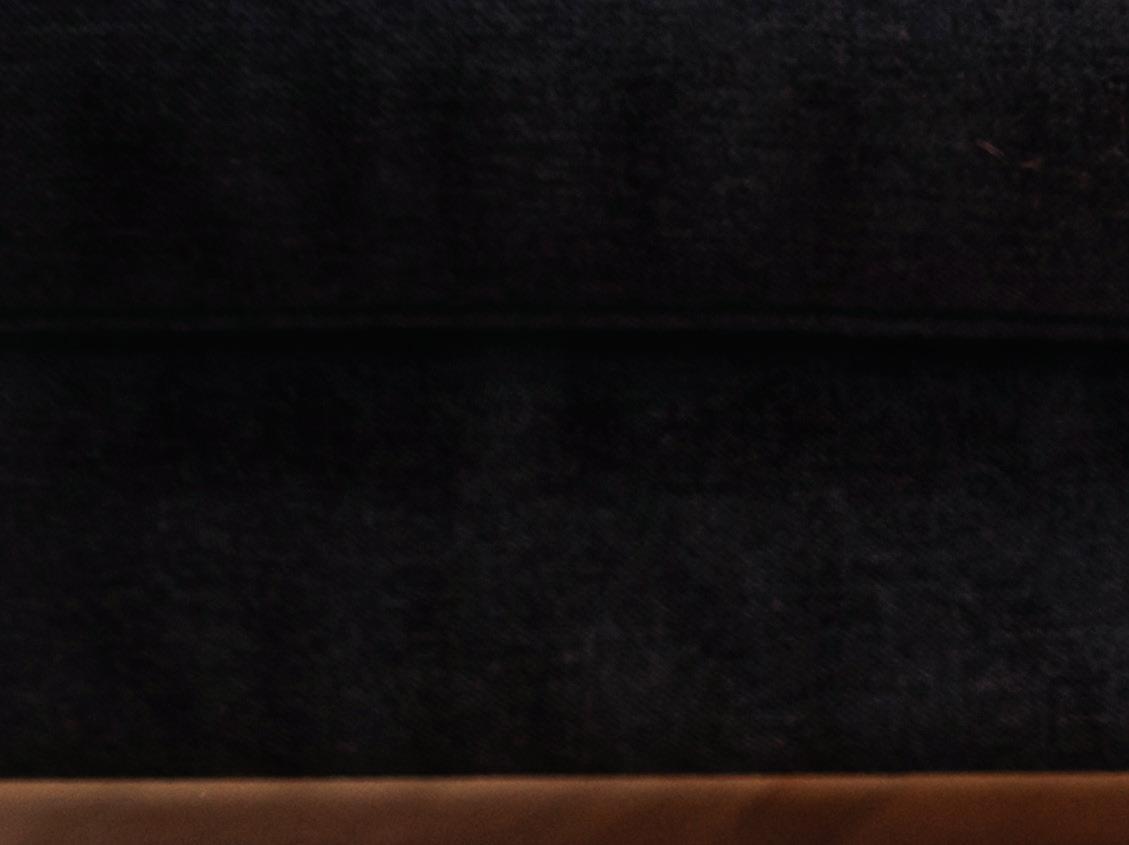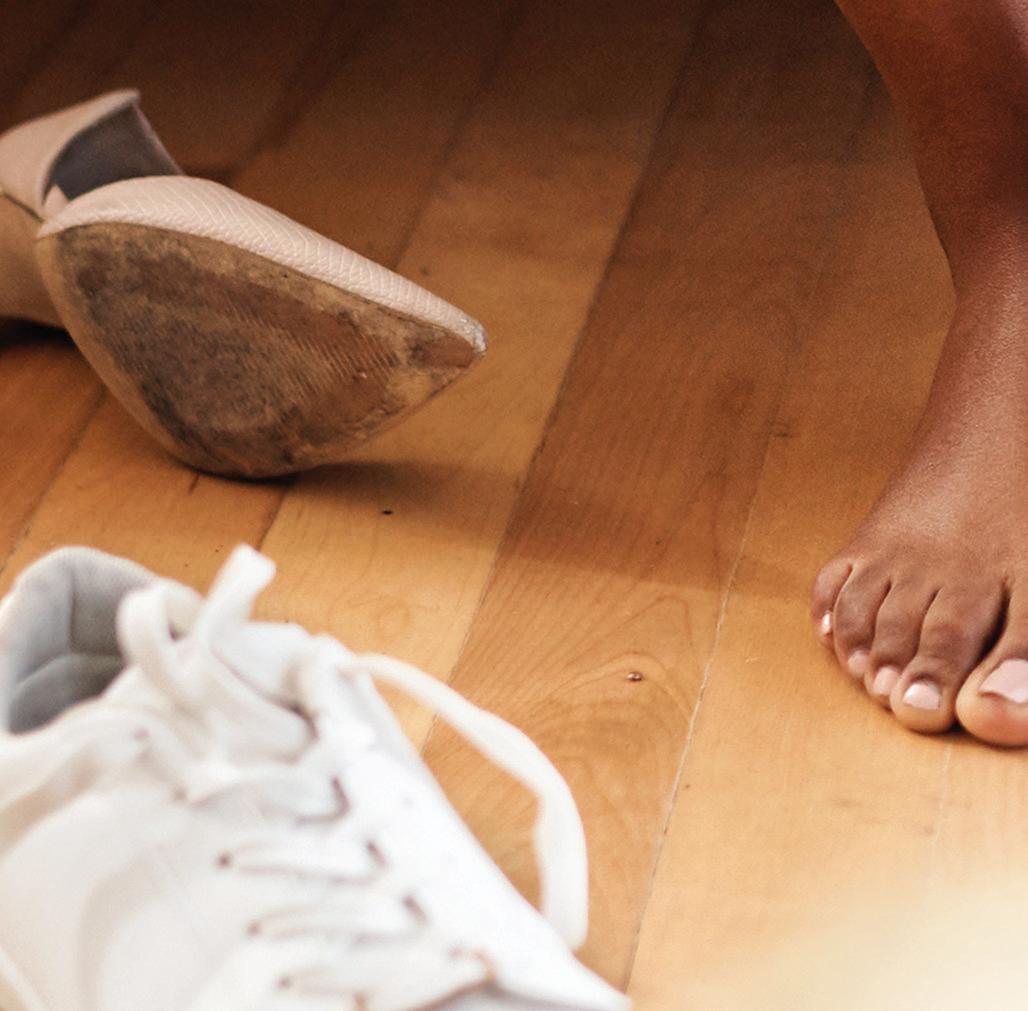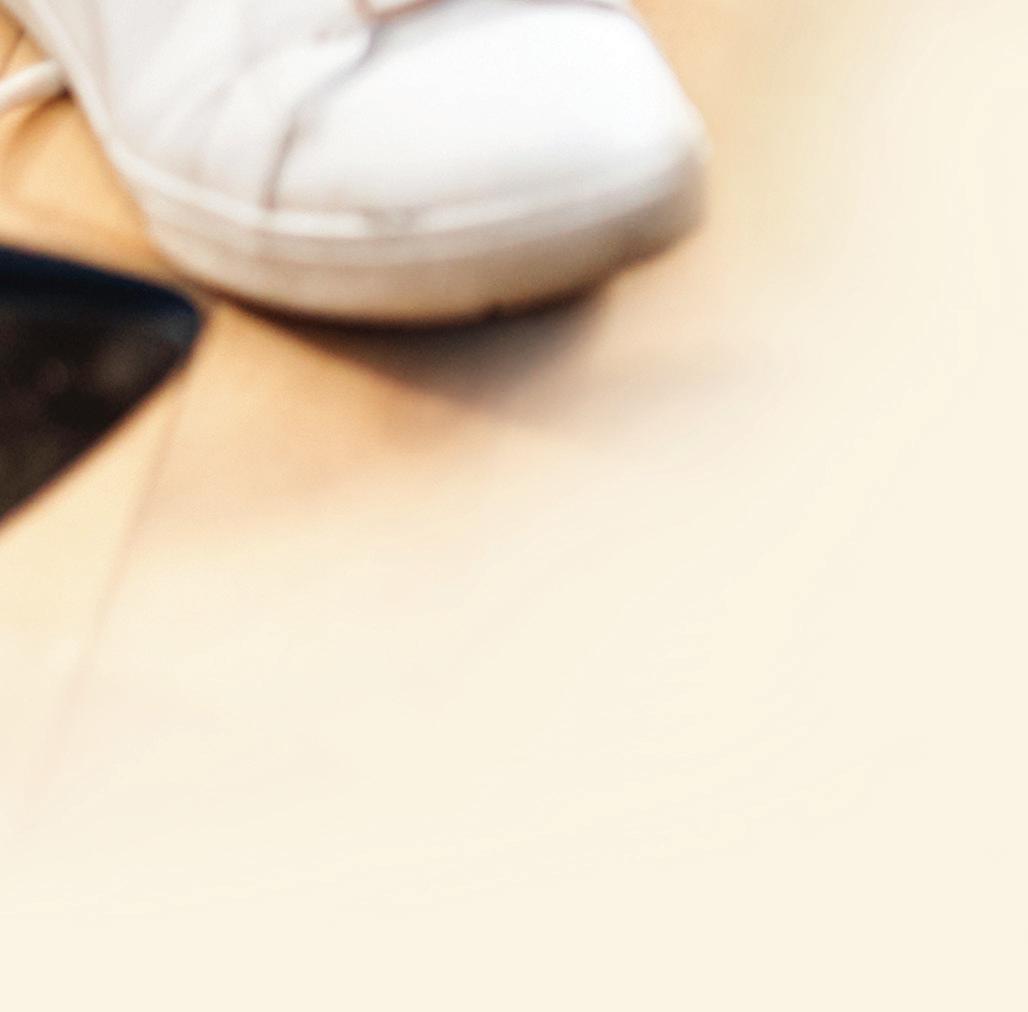
9 minute read
THE ABCS OF HEART VALVE DISEASE. A basic what
PULMONARY VALVE
TRICUSPID VALVE MITRAL VALVE
AORTIC VALVE
ARE YOU A CANDIDATE FOR TAVR?
Transcatheter aortic valve replacement (TAVR) is now a potential option for all aortic stenosis patients, even those who are classified as low-risk for traditional open-heart surgery. The TAVR Screening Program at Robert Wood Johnson University Hospital (RWJUH) Rahway, in conjunction with the structural heart team at Newark Beth Israel Medical Center (NBI), can determine if a patient is eligible for TAVR. The team of cardiac surgeons, interventional cardiologists, radiologists and nurse practitioners provides all laboratory, radiological and functional testing necessary. Following their initial consultation at RWJUH Rahway, eligible patients will undergo TAVR at NBI. To make a referral or inquiry, call Newark Beth Israel Medical Center at 888.658.2581 .
THE ABCs OF HEART VALVE DISEASE
The heart has four valves. Each valve has a tissue flap that opens and closes with each heartbeat to keep blood flowing properly through your heart’s four chambers and to the rest of the body.
If one or more of the valves doesn’t open fully or lets blood leak back into the heart chambers due to disease, the heart has to work harder and insufficient blood may flow through the body.
What are the different types of valve disease?
There are three basic categories.
Regurgitation, or backflow, of blood into the chambers occurs when a valve doesn’t close tightly.
Atresia is when a blood valve lacks an opening for blood to flow through.
Stenosis, the most common type, occurs when the flaps of a valve thicken, stiffen or fuse together so that the heart valve doesn’t fully open and too little blood flows through the valve.
What causes it?
Heart valve disease can be present at birth (congenital) or develop as a result of cardiac-related conditions such as heart failure, atherosclerosis (buildup of waxy plaque inside the arteries) and damage from a heart attack. Less frequently, an infection or rheumatic fever can lead to heart valve disease.
Risk factors include aging, smoking, high blood pressure, high cholesterol, diabetes, overweight, lack of physical activity and a family history of early heart disease.
What are the symptoms?
During a physical exam, your doctor may hear an unusual heartbeat sound called a heart murmur, which may be a sign to investigate further. Other signs include unusual tiredness, shortness of breath and swelling of the ankles, feet, legs, abdomen
A BASIC WHAT, WHERE AND WHAT-TO-DO ABOUT VALVE ISSUES
What happens with heart valve disease?
and veins in the neck.
How is heart valve disease treated?
Heart valve disease can be treated with medicines, such as blood thinners and drugs to lower cholesterol and blood pressure. Lifestyle changes, such as maintaining a healthy weight, quitting smoking, managing stress and becoming more physically active, are also recommended.
For more serious conditions, heart valves can be repaired or replaced surgically. In recent years, less invasive procedures have been developed that allow smaller incisions, lower risk of infection and a faster recovery time.
For one type of valve disease, aortic stenosis, an innovative treatment known as transcatheter aortic valve replacement (TAVR) has become more widely available. In this procedure, an alternative to traditional open-heart surgery, an artificial valve is threaded through a blood vessel to the heart on the tip of a catheter. When placed, the new valve begins to work immediately. Patients can expect to go home the following day.
Don’t hesitate to seek healthcare. We’ve taken every precaution to keep patients, staff and visitors safe. To find a cardiac specialist at RWJUH Rahway, call 888.724.7123 or visit www.rwjbh.org/heart.
KILLER (AND KINDER) SHOES





A PODIATRIST EXPLAINS HOW TO KEEP YOUR FEET HAPPY AND STYLISH.

There’s a saying that you have to suff er for fashion, and it seems to be most relevant when it comes to footwear. Th e best-looking, most on-trend shoe styles are oft en the least comfortable and the worst for foot health. But Sarah Haller, DPM, a foot and ankle surgeon at Robert Wood Johnson University Hospital (RWJUH) Rahway, says you can SARAH HALLER, DPM avoid problems—and


still look good—by adjusting shoe styles to accommodate changes that come with age.
“Everyone’s feet change as they get older,” says Dr. Haller. “Arches collapse, tendons get weaker, bones get soft er, feet swell and many people develop arthritis. Th at sounds bad, but it’s normal. It happens in diff erent degrees and diff erent forms depending on how you take care of your feet—including the kind of shoes you wear.”
One of the most important rules is to wear shoes that fi t well, not shoes you choose just because they are attractive or low-priced. Here’s what to look for in diff erent parts of the shoe:




THE HEEL
“High heels are beautiful,” admits Dr. Haller, “but they’re terrible for your feet.” She explains that, over time, wearing heels can shorten the Achilles tendon on the back of the ankle and lead to plantar fasciitis—an inflammation of the band of tissue that runs along the bottom of the foot, from the toes to the heel, and is continuous with the Achilles tendon.
“Not only that,” she adds, “but over time you lose fat from the ball of your foot, which causes increased pressure on the bones in the front of the foot when you’re wearing heels. Th is causes pain and can potentially lead to neuromas—benign but painful nerve tumors—and stress fractures in the metatarsals, the bones of the midfoot, which take all the pressure.”
Wearing fl at shoes isn’t the solution, says Dr. Haller, since very fl at shoes don’t support the arch and don’t provide much cushioning between the foot and the ground. If you want to wear a fl at, choose one with some support,
such as a Mary Jane style or sandal with a strap on the foot as well as a thick sole. “Th e optimal heel height is less than an inch,” says Dr. Haller. If you do choose to wear higher heels, even just for special occasions, pass up the stilettos and “choose stacked or chunky heels, which are more supportive and distribute pressure better,” she advises.


THE INSOLE
When possible, Dr. Haller advises, choose shoes that have removable insoles, so an orthotic device can be customized to replace the footbed with one that’s more cushioned or provides more arch support. Extra insole padding, in fact, is good to add to almost any kind of shoe, from heels to fl ats.


THE TOE
Round is better than pointy. “Pointy shoes can lead to corns—hard patches of skin that occur at pressure points—and calluses, the thickening of the outermost layers of skin, or even crossover toe deformity, in which the second toe overlaps the big toe,” says Dr. Haller. “Shoes with plenty of space for toes can prevent these issues from developing.”
Men can also suff er from a bunion, a bony bump that forms on the joint where the big toe meets the foot, and hammertoes, in which tendons that are too tight pull and curve the toe under the foot, especially if they wear tight-fi tting loafers with pointy toes.
THE MATERIAL
Leather shoes are good because the material is fl exible. “You can take them to a shoe repair shop to change the shape of the upper to off set hammertoes or bunions,” says Dr. Haller.
For tennis or running shoes, Dr. Haller says that a breathable nylon mesh
With stiletto heels, body weight is pinpointed to one small area, leading to risk of sprains.
Flip-fl ops provide no arch support and leave your feet and leave your feet unprotected.
Pointed toes squeeze feet and lead to nerve pain, lead to nerve pain, bunions, blisters and more.
The angle of a wedge sole puts pressure on the metatarsals (long, tubular bones of the mid-foot), and rigid footbeds impair natural walking movement.

Chunky heels distribute weight more evenly, making feet much more stable. One inch is the ideal height.
Straps help hold sandals on your feet; thick soles can have good arch support and keep your feet away from the ground.
A wider toe box allows your feet to retain their natural shape.
A wide wedge or platform that is nearly parallel to the ground will ease pressure on the ball of the foot, though rigid footbeds can still be problematic.
is best, with a solid heel counter—an insert that reinforces the heel cup—to help with support.
Whatever your shoes are made of, change footwear every day. “It allows your shoes to air out so they don’t stay sweaty or get moldy, and that’s good for your feet,” she says.


THE BOTT OM LINE
So what’s the ideal shoe for happy feet? “Good, supportive running shoes are the best thing you can wear,” says Dr. Haller. “Th ey cushion the ball of the foot and the heel, providing shock absorption as you walk. In addition, they’re generally roomier in front, allowing toes to spread out.”


But Dr. Haller, who oft en appears on the TLC show “My Feet Are Killing Me,” understands that no one can wear running shoes all the time. Choose footwear that has as many elements of comfort as possible, she advises. “If you want a pointy toe, try to choose a shoe that has a lower heel. Th at way you don’t have gravity pushing your foot forward into a smaller space,” she says. “I personally love a very fashionable loafer that has a pointier toe but a low heel.” Conversely, if you opt for a shoe with a taller heel, look for one with a more rounded toe. Careful shoppers, she says, can fi nd shoes that look as good as they feel, and keep the wearer walking and dancing for years to come.










